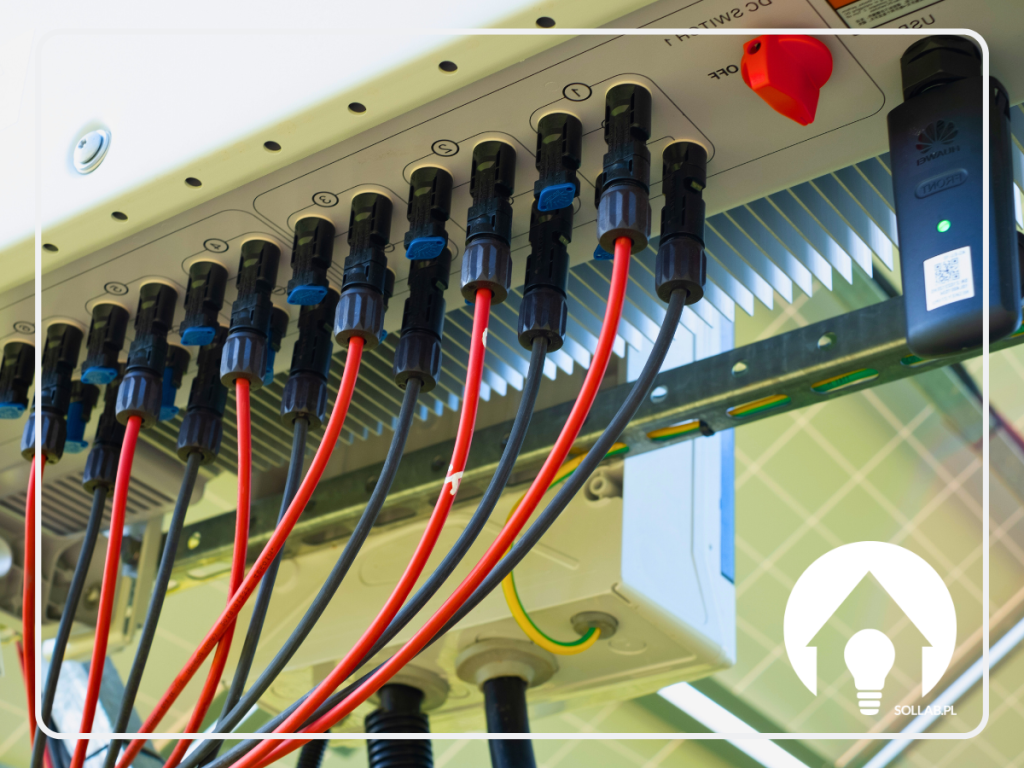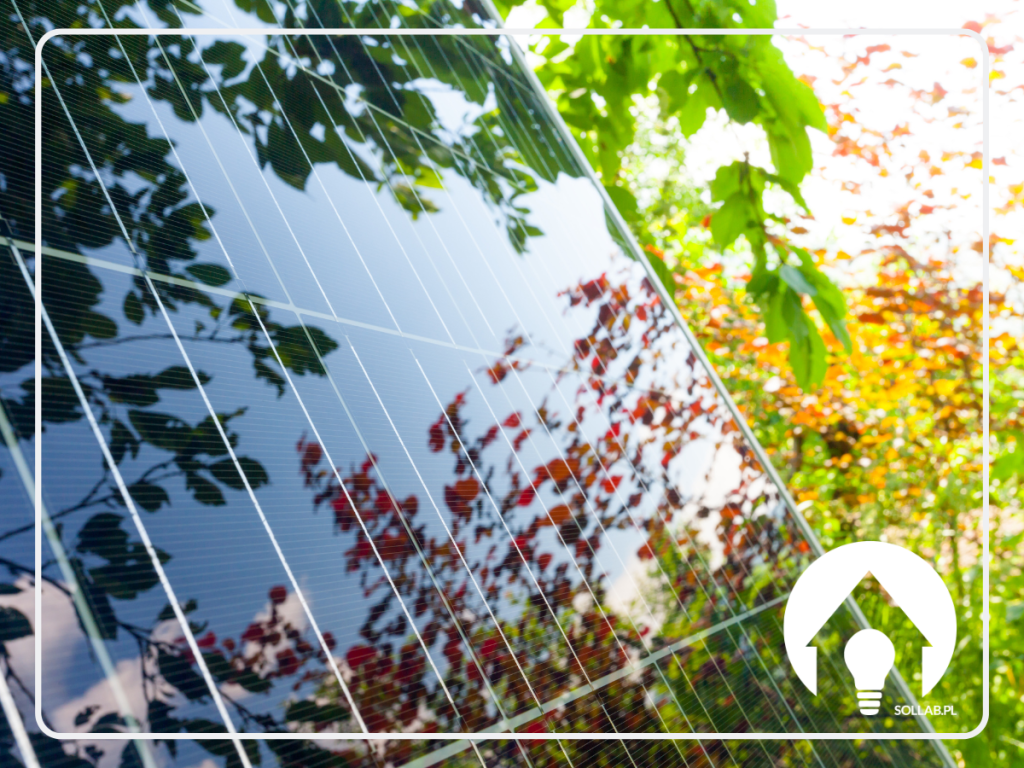Dynamic tariffs are a new way of billing for electricity for energy consumers, set to come into force from 24 August this year (2024). Dynamic tariffs are intended to introduce greater flexibility in managing energy costs. They have the potential to reduce electricity bills, but for this to happen, they require the consumer to consciously manage their daily electricity consumption. Who will be able to benefit from such a solution, what is the dynamic tariff and what conditions will have to be met?
THE PRICE OF ELECTRICITY - WHAT DOES IT DEPEND ON?
Currently, the most common household tariffs are G11 and G12. The G11 tariff is characterised by the fact that the cost of electricity remains the same regardless of day or night. The G12 tariff has two price plans - a higher one for electricity consumed during peak hours and a lower one for energy supplied during off-peak hours (usually at night and in the early afternoon). The price (PLN/kWh) is set in advance by the regulator.
DYNAMIC TARIFFS - WHAT ARE THEY?
Unlike traditional tariffs, where the price per kilowatt hour is fixed, dynamic tariffs allow the price of energy to change every hour, mirroring the exchange model.
A dynamic tariff is an electricity billing system that takes into account, among other things, fluctuations in energy prices depending on the demand, time of day, season, cost of CO2 emissions and availability of renewable sources. Energy prices under dynamic tariffs are set on the Polish Power Exchange and are currently updated every hour, with plans to move to updates every 15 minutes.
Distribution system operators, which serve more than 200,000 customers on a daily basis, have until 24 August to introduce new types of tariffs into their offerings. However, not everyone will be able to take advantage of this option. The condition is to have a remote reading meter. So-called smart meters are still a rarity among Polish users.
On the Polskie Sieci Energetyczne website, you can analyse prices from previous billing periods on an ongoing basis. If you use dynamic tariffs, it is recommended that you programme the start-up of energy-intensive equipment during the hours when prices are lowest.
ENERGY STORAGE AND THE DYNAMIC TARIFF
Owners of energy storage facilities, especially those integrated with photovoltaic systems, can particularly benefit from the switch to a dynamic tariff. Storages can automatically accumulate energy during low price periods to use when prices rise.
If you are planning to install a PV system without energy storage, it is a good idea to equip it at the outset with a hybrid inverter that allows photovoltaics and a home battery to work together, so that you can install energy storage in the future without having to replace the inverter.
SUMMARY
Dynamic tariffs offer a huge opportunity for the development of energy storage, which is still in its infancy in our country. With a dynamic tariff, their use will allow electricity to be stored when it is purchased at a lower price and used later, at times when prices are rising on the energy exchange.
In conclusion, the use of dynamic tariffs can allow better control over electricity bills, the value of which will depend solely on end consumers, who will decide themselves when and at what price they want to use electricity based on market data.
















